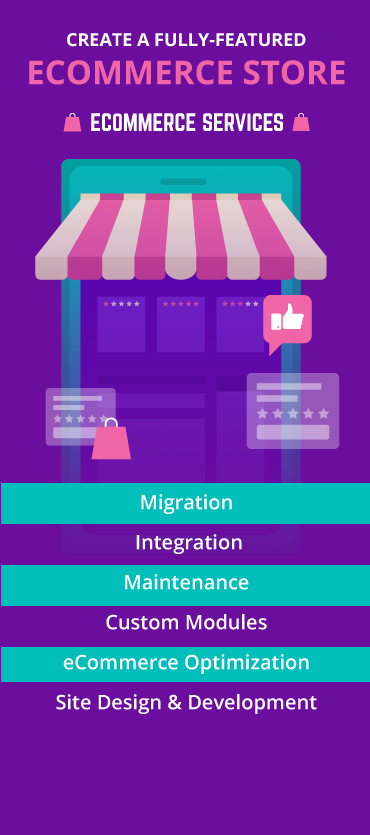You’ve probably heard of JAMstack, or “static app” several times.
But what does “static” exactly mean here?
Does it include “dynamic” customer data and user input?
How is it beneficial for your business?
In this blog post, we talk about what exactly JAMstack is and why it is a better solution for web developers and customers. Let’s get started.
JAMstack – The Meaning
“A modern web development architecture based on client-side JavaScript, reusable APIs, and prebuilt Markup” – Mathias Biilmann (CEO & Co-founder of Netlify).

The “JAM” in JAMstack – stands for Javascript, API, and Markup. Stacks usually are the blend of multiple technologies that are used to create a web or mobile application.
But before we talk about how it can help you, let’s quickly take a look at how it all started in the first place.
How Did JAMstack Come Into Existence?
Industry trends have leaned towards mobile tech and fast modern web browsers. This has impacted the attention span of an average user, who needs relevant content right away. As a result, several brands have come up with various solutions. For instance:
- Facebook launched Instant Articles to help Facebook users resolve their issues without any delay.
- Google came up with AMP project, an open-source initiative that aims to improve the content ecosystem.
- Apple released its News Format to offer dynamic multimedia content delivery speed.
With more inclination towards mobile tech and fast web or browser experience, developers started finding practical solutions for websites.
That’s where JAMstack entered!
Besides that, there were many other factors that fueled the need for the JAMstack. However for beginners, the headless CMSs, developed CDNs (Content delivery networks), and the current API are the primary reasons it came into evolution.
How Is It Beneficial for Developers?
1. Extra Secure: There are no chances of data or server vulnerabilities.
2. Quick Performance: Provide Pre-built assets and markup over a CDN.
3. Cost-Effective: Hosting static files are less expensive and even free sometimes
4. Improved Developer Experience: Separate controls permit more targeted debugging and development as well as the expansion of CMS options for site generators. This eliminates the need to maintain an altogether different stack for content and marketing.
Best Practices to Get the Most Out of Stack
Use Atomic Deploys
JAMstack projects usually consist of many files and uploading all these files one after the other may lead to issues. However, with atomic deploys, you can upload all files and wait till the time everything is ready or any changes happen in production.
Use CDN(Content Delivery Network)
While all the assets and markups are pre-built, they can be served through CDN. This helps in providing better performance as well as easier scalability.
Invalidate Cache
Having problems with cache is one of the most common problems. When your build is uploaded, the CDN invalidates its cache. This means that your new build is live in an instant.
Use Automated Builds
Whenever a new build is required, your server gets a notification mainly through webhooks. It builds the project, updates the CDNs, and the website goes live.
Key Takeaway
The JAMstack ecosystem is growing abundantly and a number of tools and resources are adding flexibility to use this technology even better. It has already transitioned from backend to more powerful and efficient frontend development.
Want to Build a Fast and Secure Website with JAMstack?











